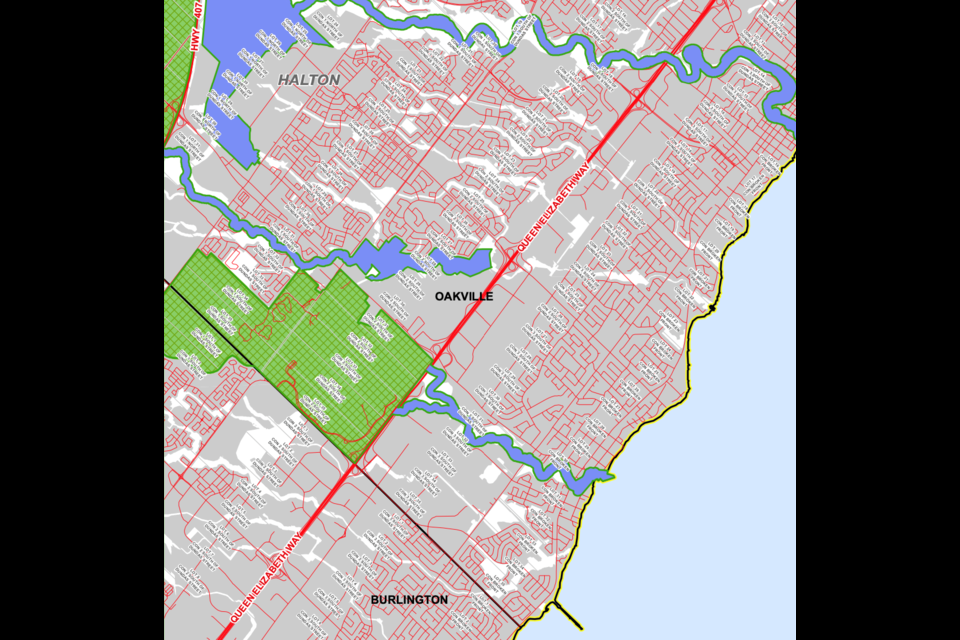The Greater Golden Horseshoe is one of the fastest growing regions in North America. In the next 20 years, the region will accommodate up to 85 per cent of Ontario’s population growth. Ontario will add almost 4.6 million people by 2046, and these new Ontarians need to be able to find jobs, homes they can afford that suit their needs, open spaces to enjoy, and a strong and healthy natural environment.
We understand how important the Greenbelt is to Ontario, and how critical protecting it is for future generations. That’s why our government has been clear that we will not consider any proposals to remove or develop any part of the Greenbelt. The article by Councillor Jane Fogal conveniently omits the fact that on February 17, we launched a 60-day consultation on expanding the Greenbelt, which could result in the largest expansion of the lands since their creation 2005. This is truly a unique opportunity to protect some of the most ecologically important lands in our country, and I encourage everyone to participate in the consultation.
A sprawling disaster - Ford's plan for Ontario by Jane Fogal, published Feb. 21.
Our changes to A Place to Grow, the Growth Plan for the Greater Golden Horseshoe complements the Greenbelt Plan to help bring more homes, jobs and business investments to the region, while protecting what matters most, including the Greenbelt.
Councillor Jane Fogal also omits the fact that Ontario has been in a housing crisis for over a decade. In order to ensure that Ontarians can afford to live in homes that suit their needs, we desperately need to increase the supply and mix of housing. We simply cannot simultaneously call to increase housing affordability while stunting the supply of housing.
We needed a plan to accommodate the 4.6 million Ontarians we will add by 2046. Our changes extend the planning horizon of A Place to Grow to 2051 to give municipalities more flexibility on how they can use land to plan for these new residents and business in our communities. Municipalities can plan more readily for transit-oriented communities with mixed uses near transit stations that are in provincially significant employment zones. The changes also strengthen requirements for municipalities to engage with Indigenous communities on land use planning.
We can’t simply ignore the fact that Ontario’s population will grow, and we will need create new homes and jobs. However, our government knows we can do that while protecting the environment for future generations.
We also introduced a new, market-based, land needs assessment methodology to help municipalities ensure they have enough land to support our growing population with the right mix of housing, community facilities, and businesses. That methodology will be used throughout the Greater Golden Horseshoe to promote consistency in land use and infrastructure planning.
I want to be clear that we made these changes following extensive consultations with technical and advisory working groups, Indigenous communities and organizations, and the public. Our changes reflect the feedback we received.
Our government is committed to protecting and expanding the Greenbelt for future generations, while giving municipalities the tools they need to ensure that every Ontarian can have a place to call home.



